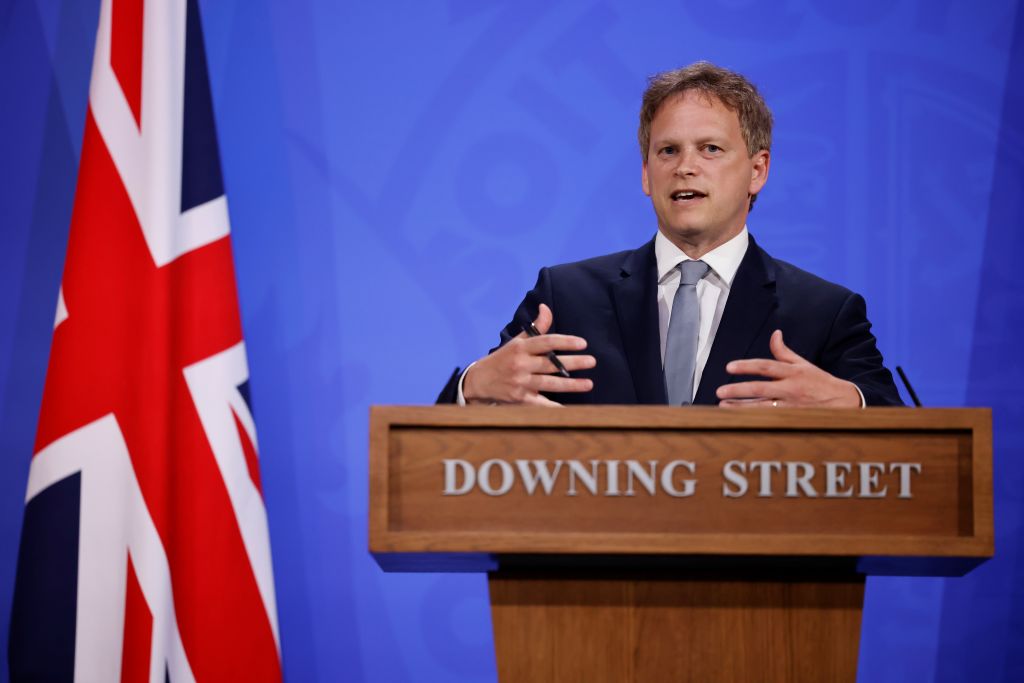International travel is back on the menu, in theory. From 17 May the ‘stay in the UK’ restrictions are lifting and residents can legally leave the country once again. But the number of destinations where you won’t have to quarantine on return is limited, and travelling anywhere will require jumping through several hoops.
At today’s No. 10 press conference, Grant Shapps revealed the first 12 countries that will be placed on the ‘green list’, which includes Portugal, Iceland and Israel. It’s a return to the traffic light system and most countries are ranked ‘amber’, which will require a ten day quarantine at home upon return. ‘Red’ countries will still require hotel quarantine, paid for by the traveller. Non-UK residents in red countries will continue to be barred from entering the UK.
All of the top-ranking countries for rate of vaccination, apart from Israel, failed to make the green list
While 12 countries on the ‘green list’ is more than had been anticipated this week, many of these destinations have their own restrictions in place. The list includes countries that are known for having some of the strictest Covid border policies, such as Australia and New Zealand. Shapps also announced that ‘green list’ travellers will be required to take two Covid-19 tests: one before re-entering the UK, and a PCR test two days after travel (it was previously thought only one would be required).
Shapps also emphasised that the government ‘will not hesitate to act fast and withdraw green status’ if a country seems to be taking a turn for the worse. Data from the Joint-Biosecurity Centre will be driving these decisions, which Shapps said will be published in due time.
Successful vaccine rollouts mean it’s far less likely that these countries’ Covid status will deteriorate rapidly, but the system designed by the ‘travel taskforce’ (assembled by Boris Johnson to make the tough decisions about international travel) means that worries from last summer, about a country unexpectedly changing from green to red, will continue to linger.
Unless there is an urgent change the government feels compelled to make, the travel lists will now be updated every three weeks with the expectation, Shapps said, that ‘we will see a situation where more countries open up’ as vaccine programmes progress. But as today’s list reveals, where you can travel will be down to much more than vaccine success.
All of the top-ranking countries for rate of vaccination, apart from Israel, failed to make the green list. Countries like Chile have reinforced the government’s calls for caution: their reliance on the Chinese vaccine Sinovac, which has an extremely low efficacy rate after the first dose, has resulted in a surge in cases. Meanwhile, the exclusion of the United States from the green list will raise eyebrows, when it has been hugely effective at rolling out vaccines with the highest efficacy rates. That Britons have been cut off from travelling to a vital economic partner for a year now comes with serious economic costs – though many of these costs are still unknown, as the taskforce is not thought to have calculated the economic impact of travel restrictions on the UK economy.
Still, Shapps hailed the new green list as a step in the right direction, that will allow us to ‘reunite families and friends, and travel to places we love’, and to ‘start looking outward again.’ But he acknowledged that many will be disappointed by this first update, as most of the world remains relatively cut-off. What was confirmed this evening is that even after 21 June, when life will supposedly be back to ‘normal’, international travel is still going to be heavily affected by rules and limits. Describing the UK as a ‘fortress against Covid’, Shapps gave the impression that pre-pandemic travel policy will not resume until the rest of the world catches up. To put it lightly, that could take some time.







Comments